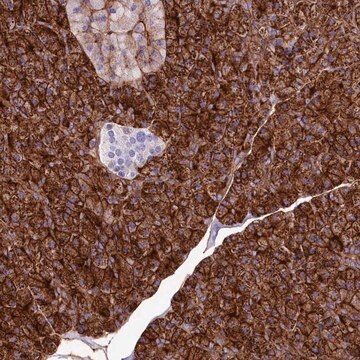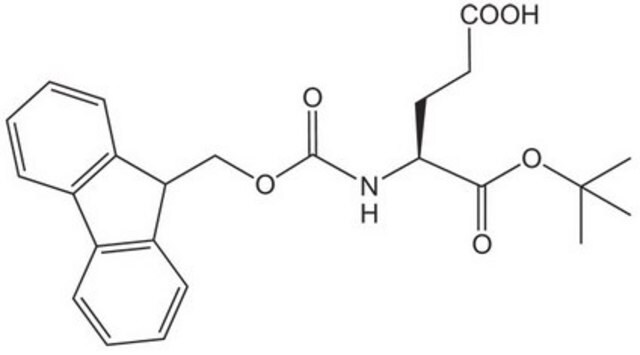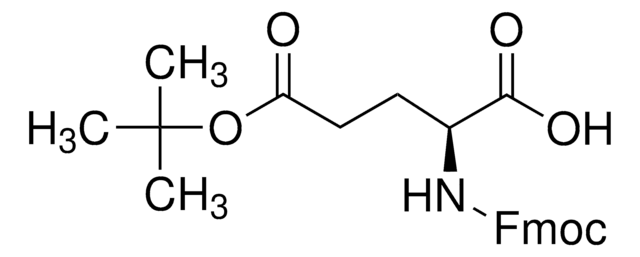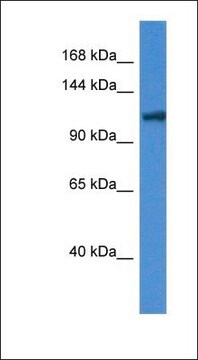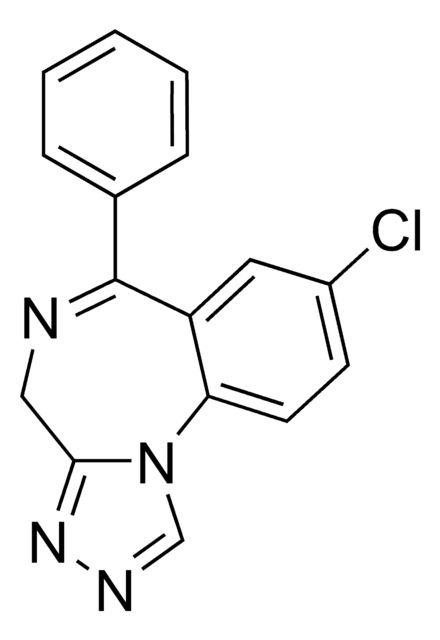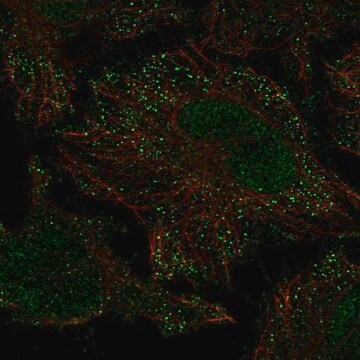About This Item
Polecane produkty
pochodzenie biologiczne
rabbit
Poziom jakości
białko sprzężone
unconjugated
forma przeciwciała
purified antibody
serum
rodzaj przeciwciała
primary antibodies
klon
polyclonal
masa cząsteczkowa
calculated mol wt 55.73 and 106.26 kDa
observed mol wt ~58 and 110 kDa
oczyszczone przez
(Unpurified)
reaktywność gatunkowa
mouse
opakowanie
antibody small pack of 100 μL
metody
western blot: suitable
izotyp
IgG
sekwencja epitopowa
C-terminal half
numer dostępu Protein ID
numer dostępu UniProt
Warunki transportu
dry ice
docelowa modyfikacja potranslacyjna
unmodified
informacje o genach
mouse ... ano6> Ano6(105722)
Opis ogólny
Specyficzność
Immunogen
Zastosowanie
Evaluated by Western Blotting in Mouse thymus tissue lysate.
Western Blotting Analysis: A 1:1,000 dilution of this antibody detected ANO6/TMEM16F in Mouse thymus tissue lysate.
Tested Applicaitons
Western Blotting Analysis: A representative lot detected ANO6/TMEM16F in Western Blotting applications (Wu, N., et. al. (2020). Cell Rep. 30(4):1129-1140.e5).
Note: Actual optimal working dilutions must be determined by end user as specimens, and experimental conditions may vary with the end user
Postać fizyczna
Przechowywanie i stabilność
Inne uwagi
Oświadczenie o zrzeczeniu się odpowiedzialności
Nie możesz znaleźć właściwego produktu?
Wypróbuj nasz Narzędzie selektora produktów.
Kod klasy składowania
10 - Combustible liquids
Klasa zagrożenia wodnego (WGK)
WGK 1
Temperatura zapłonu (°F)
Not applicable
Temperatura zapłonu (°C)
Not applicable
Certyfikaty analizy (CoA)
Poszukaj Certyfikaty analizy (CoA), wpisując numer partii/serii produktów. Numery serii i partii można znaleźć na etykiecie produktu po słowach „seria” lub „partia”.
Masz już ten produkt?
Dokumenty związane z niedawno zakupionymi produktami zostały zamieszczone w Bibliotece dokumentów.
Nasz zespół naukowców ma doświadczenie we wszystkich obszarach badań, w tym w naukach przyrodniczych, materiałoznawstwie, syntezie chemicznej, chromatografii, analityce i wielu innych dziedzinach.
Skontaktuj się z zespołem ds. pomocy technicznej